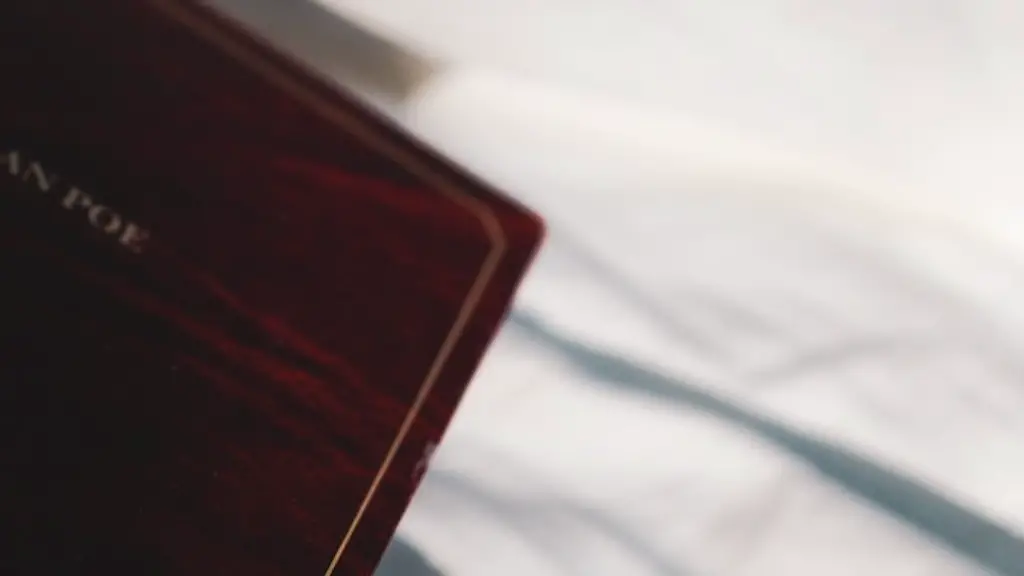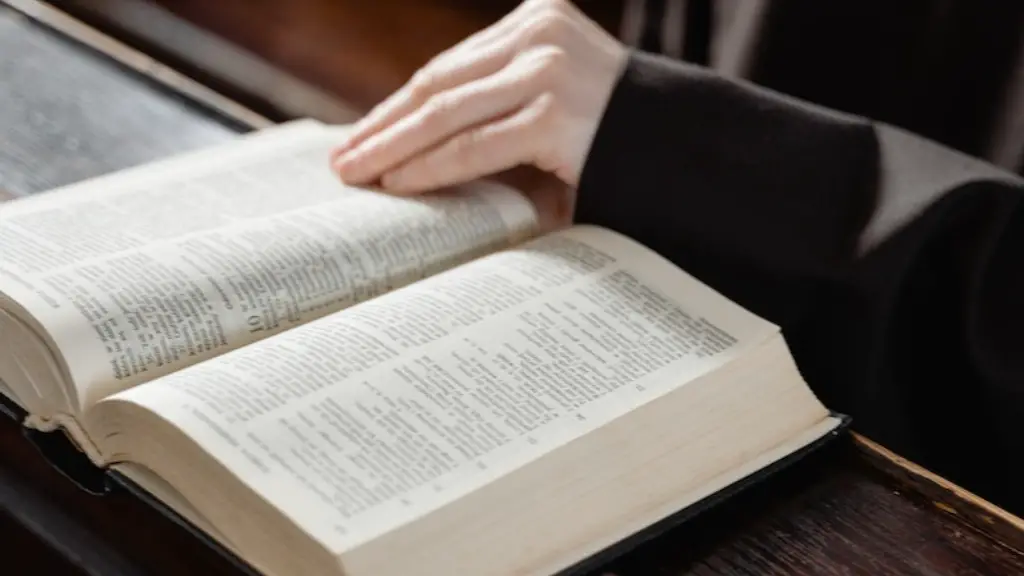Poetry – what is it?
Poetry is a type of literature that uses language to evoke a set of emotions and share an idea, story or scenario. It often takes on a metrical form and is defined and differentiated from prose fiction in that poems commonly employ rhyme schemes, meter, and other stylistic elements such as the repetition of particular phrases. Poetry often contains figures of speech such as simile, metaphor and personification, or is written in a literary form such as a sonnet or ballad. It can also have a dramatic form depending on the format it takes and its purpose.
What is rhyme?
Rhyme is a specific type of sound repetition which appears in poetry. It usually appears at the end of the line but can also appear mid-line. Rhyme is used to create a pattern in a poem, add emphasis to certain words, and to delegate certain syllables as the most important. Rhyme is often described as a musical device since, when read aloud, it can create a steady musical beat.
Do all poems have to rhyme?
The answer to this question is ‘no’. While rhyme can help to create rhythm in poems, it’s not necessary for them to contain it. A poem can still be considered ‘poetry’ and can still convey meaning and emotion without it.
This type of poetry is often referred to as ‘free verse’, and it follows its own style, lacking the structure and restrictions of traditional rhythmic poetry. Free verse allows poets to explore ideas in more depth and express themselves in a creative way. Leonard Cohen famously used free verse to great effect in many of his poems.
Speaking on the issue, poet and writer David Berry commented: “Free verse eliminates the constraints of the rhyming structure that had long been an important part of English poetry and opened the world of poetry to writers who preferred a looser form of expression.”
Benefits of free verse
The benefits of writing free verse are numerous. Firstly, it doesn’t have the structure associated with traditional poetry, so the writer can feel more liberated when constructing sentences and conveying ideas. It also allows for more experimentation with literary devices such as imagery and metaphor, as there is no need for a specific rhyming scheme.
Free verse also enables writers to incorporate words from a variety of languages into a poem, giving them a chance to express ideas in more depth and with more accuracy. This can add an extra dimension of cultural richness to the poem, and can look very impressive on the page.
Finally, free verse can be an ideal vehicle for conveying more abstract and conceptual messages. This type of poetry provides a useful platform to explore philosophical and political issues in more detail.
Drawbacks of free verse
However, free verse isn’t perfect. Writing free verse poems can be extremely difficult as it is often hard to sustain a certain level of creative expression and maintain intensity right through to the end. This can result in unbalanced rambling or texts that lose the readers’ attention.
Plus, without rhyme to create a structure, there is a risk of the poem being unconventionally long or uneven. The finished piece may lack a connection between the beginning and end of the poem, making it difficult to establish a coherent story or concept.
Conclusion
In conclusion, poetry certainly does not have to rhyme for it to be considered a poem. Free verse can provide a great outlet for writers of all types, and contain just as much emotion as well-crafted traditional poetry. Notably, free verse challenges writers to express their thoughts in inventive and creative ways, and it can be an effective way of conveying more complex and abstract ideas. Nevertheless, writing free verse can be a difficult task, and it can sometimes be hard to maintain a certain level of intensity throughout the poem.
Effects of the Covid-19 pandemic on poetry
The Covid-19 pandemic has had a profound effect on the way people write and engage with poetry. The restrictions imposed by the pandemic have resulted in a newfound appreciation of creative expression through poetry, as people have found new ways to express themselves primarily through digital mediums.
In response to the pandemic, numerous poetry-based initiatives have been launched globally. These have included virtual writing clubs that allow poets to come together and share their work, interactive writing contests where entrants can share their work with a wider audience for the chance to win a prize and poetry podcasts to inspire and educate budding poets.
Somewhat reminiscent of the Romantic period, the pandemic has provided an opportunity for poets to confront and reflect on the darkness in the world, tapping into the anxieties, fear and uncertainty of the time.
Advances in technology and online platforms
Advances in technology and the introduction of online platforms have allowed poets to share their work with an increasingly international audience. Trending topics on social media can provide poets with inspiration, ideas and means of expression, increasing their reach across geographies.
Furthermore, social media platforms such as Instagram, Youtube and Twitter provide an abundance of content and an opportunity for poets to share and consume their peers’ work. With an increasing number of online magazines, publishers and contests, poets now have more chances than ever before to perfect their craft and promote themselves.
Free verse style today
Free verse style remains very popular in modern poetry, and new poets often come through with innovative and creative ideas. Recognised and respected poets are taking the format to the extreme and developing their own distinct style, often inspiring an entire new school of thinking within poetry.
For example, Traci Brimhall is an acclaimed free verse poet known for her thoughtful use of metaphor, personification and effective imagery. Similarly, Chilean poet and Nobel Prize-winner Pablo Neruda incorporated many elements of free verse into his work, exemplifying its use through emotive language and vivid imagery of his natural surroundings.
Current trends in poetry
Today, there is an evident increase in activism-focused poetry, a trend that has been inspired by society’s need to voice their opinions in a creative and emotionally-driven way. This type of poetry disseminates a message about current global issues such as climate change and racial injustice, often urging readers to take a stance.
Furthermore, spoken-word poetry has become increasingly popular, as many poets are drawn to its expressive and intense style. In recent years, thanks to the internet, spoken-word artists have been able to not only share their work online, but also compete on platforms such as YouTube. This has resulted in more talented spoken-word poets coming through and sharing their work with the world.
How impactful can poetry be?
Despite being widely considered as an art form of its own, poetry also has the potential to be part of a bigger narrative. In its more ambitious form, it can serve to capture the spirit of a movement. This was demonstrated during the 2016 US Presidential Elections when words captured in W.H. Auden’s “September 1 1939” poem were used to make the case for a Bernie Sanders presidency.
Furthermore, the 2016 US election also saw the rise of “Tweeting Poets”, individuals recognised for their powerful 140-character-long poems that summed up complex messages in an effective and succinct way.
This highlights the power of poetry in today’s digital age, where a few words can make a huge impact on readers and influence opinions in subtle yet powerful ways.


